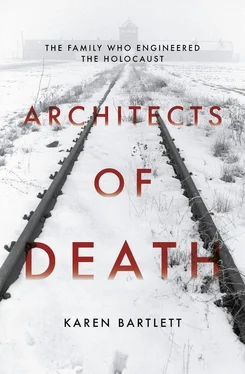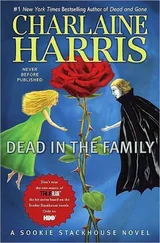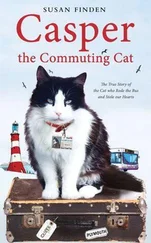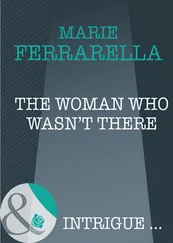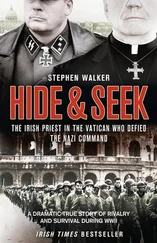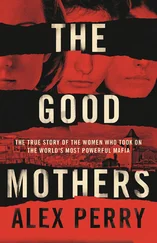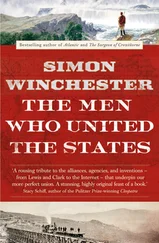This was a deliberate attempt to protect them, Ernst Wolfgang Topf would claim in 1946 as part of his own defence and efforts to keep control of the company.
As self-serving as this explanation is (not to mention horrifyingly hypocritical given the wider context of the work undertaken at Topf and Sons), there is some truth in the fact that Nazi opponents, or victims of persecution, were singled out for protection within the company, and that Ernst Wolfgang himself publicly spoke out against Nazi propaganda at several company meetings.
In a company training course on 27 January 1942, long-term member of staff and Nazi supporter Eduard Pudenz began outlining why unity and support for the Nazis was essential among workers to prevent ‘England the Jew’ from ‘exterminating all Germans’. Yet, in response, Ernst Wolfgang replied that
We are duty bound to see the individual in every person… Everyone wants to be treated decently. We are a company and not a barracks. Some people have seen that as a weakness in us. Others, however, have recognised that in a somewhat more relaxed working community the individual people within it bond together into a whole – provided that any unsuitable ones, of whom there are always a few, are swiftly removed. In 1942 more than ever, now that the Front is calling again, we must relinquish any individual who personally invoked Adolf Hitler but positions himself outside our community.
That sense of the Topf community mattered more than anything else to Ernst Wolfgang. In the commemorative company brochure of 1938, the Topf brothers devote the first few pages to praising the ‘far-sighted genius’ of their father, the achievements of the ‘corporate community of J. A. Topf and Sons’ and the endeavours of employer and employee in the sixty years of ‘shared work in the service of a shared goal’. Only on the last page do they include the words of the German nineteenth-century folk song, reworked in tribute to Hitler.
Yet, however much Ernst Wolfgang and his brother Ludwig liked to sup from the Nazi cup with a long spoon, their work for the Third Reich was the black heart of their business.
Not only was Topf and Sons creating and building the technology of the Holocaust, the company would also become actively involved in armaments work and employ hundreds of forced labourers – who were essentially slaves.
At Topf and Sons, forced labour would at one point account for 40 per cent of the workforce and total more than 600 people. Although these workers were supposed to replace Topf and Sons employees who had been called up for military service, their lives differed greatly from those of ordinary Germans. They were confined to a guarded barracks on the southern edge of Topf and Sons land, known as the ‘prison camp’, where they lived in one of six huts each housing fifty-two labourers in a shared sleeping area, living area and washroom. Once installed at Topf and Sons they would have longer working hours than German employees (fifty-six hours per week rather than forty-two) and were paid 25–50 per cent less. Almost all of their wages were actually retained by the company for ‘board and other services’ so that these workers would receive virtually nothing. The first forced labourers at Topf and Sons were thirty French prisoners of war, followed by Ukrainians, forced workers from lands to the east known as Ostarbeiters , as well as Soviet prisoners and people from Belgium, the Netherlands, Croatia, Poland and Czechoslovakia. Although some were women, most workers were men and consisted of a mixture of captured soldiers and civilians.
Like forced labourers in most other locations, there were widespread reports of abuse and mistreatment – with one camp leader at Topf and Sons, Wilhelm Buchroder, being dismissed in 1944 for assaulting workers, who retaliated by refusing to work for him. Most of these workers were assigned directly to war work for the Third Reich, including the special production unit at Topf and Sons which produced grenades, or repairing or building new aircraft parts for the Luftwaffe.
In directing its output towards the war effort, and profiting from forced labour, Topf and Sons was doing nothing out of the ordinary. It would come to light that many German companies did the same, and on a far larger scale. The economy of the Third Reich had been propped up by this practice since 1937, and by August 1944 there were 7.5 million foreign workers in Germany, most of them forced labourers. Steel giant Krupp employed 75,000 forced labourers; Audi (then known as Group Auto Union) used more than 20,000 concentration camp workers; carmaker BMW has admitted to using more than 50,000 forced labourers producing arms and U-boat batteries; and the chemical and pharmaceutical companies BASF, Bayer and Hoescht had a total of 80,000 forced labourers on their books. Records of Erfurt’s Jewish families show that local companies were also using forced labour – including one called Thuba that made bathroom boilers, and another that manufactured aeroplane parts.
What made Topf and Sons unusual, however, was not their use of forced labour, abhorrent as that was, but the initiative the company would take in developing the technology to drive the Holocaust. It was this work that would demonstrate a combination of technical innovation and a horrifying lack of human empathy. Yet, such disinterest and disregard for human life should not be confused with a lack of emotion. Far from it. Topf and Sons regarded their work as nothing less than a ‘project of passion’ – and it would inflame the pride, loyalty, jealousy and ambition of several men, including company directors Ernst Wolfgang and Ludwig Topf; engineers Kurt Prüfer, Fritz Sander, Karl Schultz and Paul Erdmann; and operations director Gustav Braun.
Out of this handful of men, it is Kurt Prüfer and Ludwig Topf who demand the most immediate attention.
Prüfer would come to distinguish himself as the true ‘pioneer of annihilation’. Without his singular focus, technical skills and drive to better himself, it is doubtful that Topf and Sons would have developed the expertise to become market leaders in crematoria or that the company would have forged such a mutually beneficial partnership with the SS.
Prüfer was born in Erfurt in April 1891, the youngest child in a big working-class Protestant family of thirteen children, who relied on their father, an engine driver, to support them. After spending eight years at school, Prüfer started work, undertaking a three-year bricklaying apprenticeship which he completed successfully, passing with a grade of ‘very good’. He went on to study at the School of Arts and Crafts in Erfurt for two terms, before taking a course in building construction at the Royal Building Trades School.
With this training behind him, Prüfer was now well equipped to earn a good living working in the construction industry. During this time his father had opened a restaurant near Topf and Sons and Prüfer would often overhear conversations about the company that piqued his interest. The workers who came to the restaurant on 12 Nonnerain to eat and drink talked about an exciting, expanding, international company – a machinery factory and furnace builders that seemed in spirit with the scientific and technical revolution of the times. The promise of living a more ambitious life obviously appealed to a young Kurt Prüfer (who spoke English and some French) and he made his first, handwritten application to join Topf and Sons on 12 December 1909 at the age of eighteen:
The undersigned takes the liberty of enquiring whether it would be possible to join your firm as an engineer in April 1910, and permits himself to include his CV below.
I, Kurt Prüfer, son of the locomotive driver Hermann Prüfer, was born on 21 April 1891, and from the ages of six to fourteen attended citizen school, from which I graduated from the highest class. After my confirmation I did three years’ practical training with the master carpenter Herr Otto Berghof. I then did two semesters at the state School of Arts and Crafts, and I am currently in my fourth semester at the Royal Building Trades School, Erfurt, where I shall remain until the end of the semester.
Читать дальше
